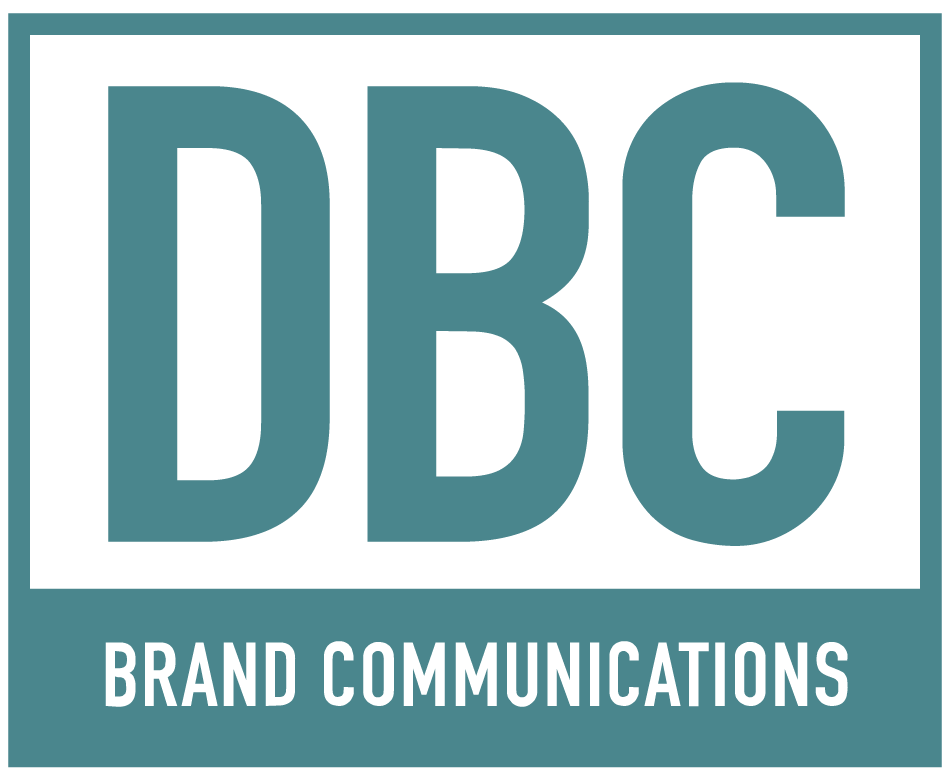2024 was a year of transformational change for the television industry. In this special four part series, DBC Brand Communications and Jon Lafayette, former Business Editor at Broadcasting & Cable, look at what lies ahead for Broadcast Linear TV, Cable TV, Streaming and CTV. Here, a look at Broadcast Linear TV.
For a dying medium, broadcast television has a lot of viewers. And many of those viewers are consumers advertisers still want to reach.
Broadcast has value now, but unless managed creatively, the audiences it attracts will shrink and what was once the most powerful weapon in the mass marketing arsenal will lose its potency.
Broadcast TV’s strength was that every household received it. Millions watched their favorite shows–and the commercials that paid for them.
For viewers of a certain age, broadcast remains a comfortable companion, but a bit of a rigid one. Your favorite show airs at 8 p.m. Be there or be square. The steady march of technology gave viewers more control, first with VCRs, then DVRs. Now streaming has taught viewers they can watch what they want, when they want, where they want.
Streaming has also captured the most attractive content. First it was dramas. Movies, comedies, reality shows and reruns have followed. Even broadcast’s newest hits, like ABC’s High Potential, can be found on Hulu, something enthusiastically promoted by ABC, which like Hulu, is owned by The Walt Disney Co. Finally, sports, the last bastion of broadcast–and cable for that matter–are increasingly available via streaming with NFL games exclusively appearing on Amazon Prime Video, Peacock and Netflix.
Broadcast networks, once at the top of the video pyramid, are watched mainly by folks who have aged out of the demo that advertisers want to reach. And yet, many advertisers still start building their media plans the old-fashioned way–starting with broadcast TV. That can’t last.
Before going the way of the dodo, broadcast networks have found ways to pique the interest of media buyers looking for efficiency and effectiveness.
In the advertising business, data is the fuel and technology is the engine that creates measurable outcomes worth paying for. Broadcast networks have gotten better at helping marketers target the consumers they want to reach with data-driven linear, which is more precise than the traditional age and sex demographics, but does not offer the addressable connection streamers and other digital platforms can provide.
Broadcasters are also investing in ad sales technology, building both self-service and programmatic links designed to lower sales force costs and entice spending by new, direct-to-consumer and mid-sized advertisers as the traditional mass marketers who spent millions on network TV go digital.
At some point, media companies will have to make a decision about whether they want to invest in shoring up the broadcast networks with programming and ad tech. But free over the air broadcasting appears to be a losing proposition and a rebound seems unlikely. Disney figured that out and put its broadcasting and cable networks on the block. It found few takers.
Ironically, most viewers of free over-the-air broadcast pay for the privilege as cable subscribers. The retransmission consent payments cable operators make to stations have kept the broadcast business afloat for the past few decades. But with cord-cutting, the retrans gravy train is slowing, increasingly putting pressure on local TV, which has a virtual monopoly on producing local news with the newspaper business withered.
Station owners have spent millions rolling out NextGen TV, a new higher-bandwidth over-the-air signal that promises better pictures and sound, more channels and access to internet programming. The money maker is supposed to be non-video digital services from enhanced GPS to delivery of large data files. For viewers it could provide the ability to pause “live” TV, go back to the start of a show and other interactive and personalized features. For advertisers, there would be more targeting and more data about who saw commercials and how much impact they had at the cash register. So far, though, consumers have been slow to rush to Best Buy for NextGen sets and the government is sending out mixed signals about when the nation will sunset the older digital TV technology.
Speaking of the government, there are some companies that see value in broadcast, but they can’t buy more stations because there are caps on how many stations one company can own. Under previous administrations, investment by private equity was discouraged. Some investors believe that the new administration will be more open to raising or eliminating the caps and will make stations–and their spectrum – more valuable.
Until then, on both the local and national level, the squeeze is on. Two options emerge: squeeze the last few dollars out of broadcast as the audience dwindles or focus on serving viewers and advertisers with technology to enable the digital capabilities modern times demand. Before the broadcast business bottoms out, that might be a good investment especially if government ownership rules loosen, and certainly good for viewers…

Jon is the former business editor of Broadcasting+Cable since 2010. Before B+C, Jon covered the industry for TVWeek, Cable World, Electronic Media, Advertising Age and The New York Post. A native New Yorker, Jon is hiding in plain sight in the suburbs of Chicago.
